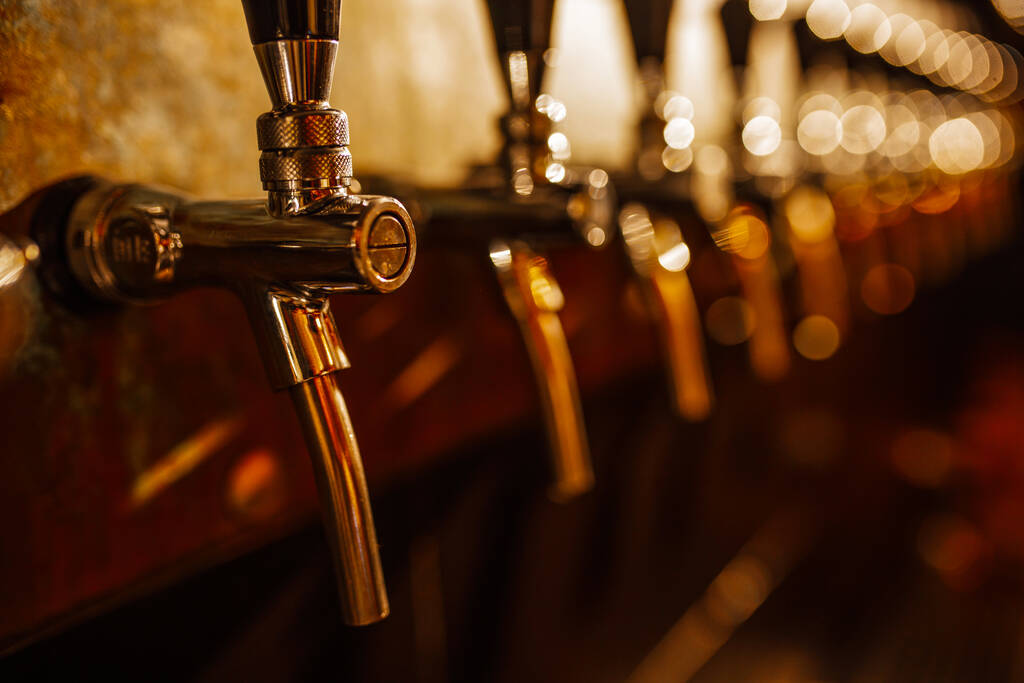Mastering the Art of Beer Tap Systems: A Comprehensive Guide for Restaurants
As the craft beer industry continues to flourish, the demand for a quality beer-drinking experience has reached new heights. For restaurants and bars, investing in a well-designed beer tap system is essential to cater to the discerning tastes of their customers. But how do beer tap systems work, and what are the different types available? In this blog post, we’ll explore the intricacies of beer tap systems, their various names, and the costs involved in setting up a top-notch beer dispenser.

How do beer tap systems work?
Beer tap systems, also known as draft systems, are designed to deliver beer from kegs to the customer’s glass. The process involves several key components working harmoniously to ensure a perfect pour:
Kegs: Beer is stored in pressurized kegs, usually made of stainless steel or aluminum, to maintain freshness and prevent spoilage.
CO2 (Carbon Dioxide) Tank: The beer tap system utilizes CO2 to maintain pressure inside the kegs, allowing the beer to flow smoothly through the lines.
Regulator: The regulator controls the pressure of CO2 being released into the keg, ensuring a consistent flow rate and maintaining carbonation levels.
Beer Lines: Food-grade tubing connects the kegs to the beer tap faucets, through which the beer is transported from the keg to the glass.
Faucets: The beer tap faucets are the point of dispensing, allowing the beer to flow into the glass when the handle is pulled.
Refrigeration System: Many beer tap systems incorporate a refrigeration unit to keep the beer at the optimal serving temperature, ensuring a refreshing experience for customers.
What are the names of the beer tap systems?
There are several types of beer tap systems commonly used in restaurants and bars:
Direct Draw System: Suitable for smaller establishments, this system has the kegs stored directly below the tap, keeping the beer lines short for minimal waste and easy maintenance.
Long Draw System: Ideal for larger establishments, this system stores kegs farther away from the taps, often in a walk-in cooler. Longer lines require insulation to maintain beer quality.
Air-Cooled System: In this system, forced air is used to cool the beer lines, making it more energy-efficient compared to glycol-cooled systems.
Glycol-Cooled System: Commonly used for long draw setups, this system employs a refrigeration unit with glycol running through separate lines to chill the beer lines, maintaining the perfect serving temperature.
What is a beer dispenser called?
A beer dispenser is often referred to as a “draft beer tower” or simply a “beer tower.” It is the vertical column that houses the beer taps, faucets, and sometimes the cooling system. Draft beer towers come in various materials, designs, and sizes to suit the aesthetics of different establishments.
How much does it cost to set up a beer tap?
The cost of setting up a beer tap system can vary significantly depending on the complexity, size, and specific requirements of the establishment. A basic setup for a small restaurant or bar with a direct draw system may start around $2,000 to $5,000.
For larger establishments or those opting for long draw or glycol-cooled systems, the cost can range from $10,000 to $30,000 or more. Factors such as the number of taps, quality of equipment, installation charges, and additional features like remote monitoring systems can also impact the overall cost.

Investing in a well-designed beer tap system is a smart move for restaurants and bars looking to elevate their beer offerings and provide customers with a delightful experience. Understanding how these systems work, the different types available, and the costs involved will help you make an informed decision and set up a beer dispenser that keeps the pints flowing and the customers coming back for more. Cheers to pouring perfection!
Learn more at Wiki as well.
